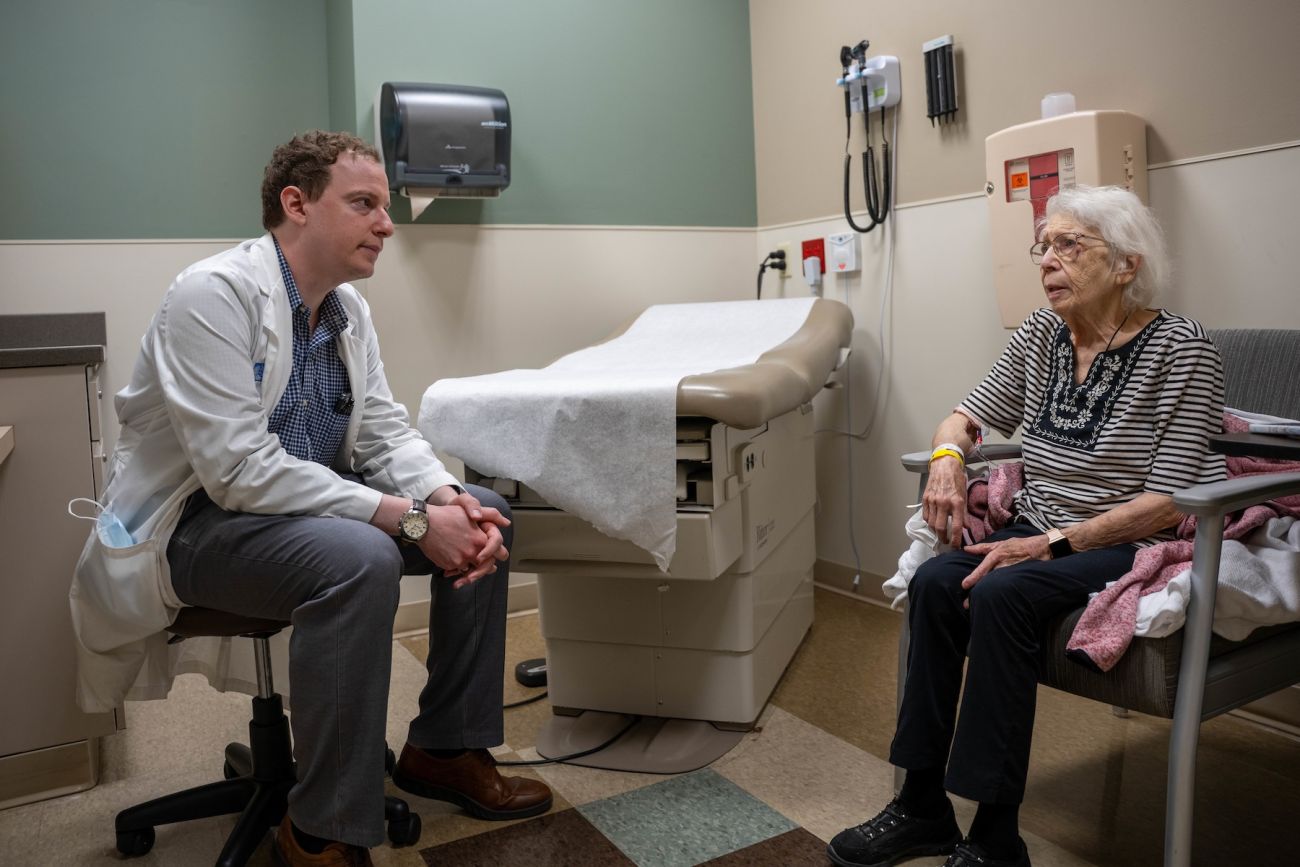Chronic myeloid leukemia (CML) is a rare type of blood cancer that affects all types of myeloid cells.
Leukemia begins in your bone marrow when the stem cells there that produce healthy red blood cells to carry oxygen throughout your body, white blood cells to fight infection, and platelets to clot the blood, begin to produce abnormal white blood cells. The cancer can be chronic, which meaning that they get worse slowly, over months to years; or acute, which develop quickly and progress over days to weeks.
Leukemia is also categorized according to the type of white blood cell it affects, either lymphoid or myeloid: CML is a chronic leukemia that affects myeloid cells.
Chronic myeloid leukemia grows slowly at first, and you may not have any real symptoms in its early stages. In those early stages it tends to make too many white blood cells, but those cells will continue to work normally. However, as the number of white blood cells continues to grow, you may experience swollen lymph nodes and enlarged organs (such as the liver or spleen). If left untreated, CML can progress into more of an acute leukemia, called blast phase or blast crisis, typically within 7-10 years following the initial diagnosis. The focus of CML treatment is to prevent progression to blast crisis.
The average age at diagnosis is about 65, but CML can occur at any age and accounts for nearly 8,900 new leukemia cases each year.
How is CML diagnosed?
Most people are diagnosed with CML through a complete blood count (CBC) blood test. A CBC counts the different kinds of cells in your blood and is often done during a routine checkup. People with CML often have high levels of white blood cells, and everyone with CML has a genetic abnormality called Philadelphia chromosome that leads to a new gene called BCR-ABL.
In addition to a blood test, your doctor may also feel your lymph nodes, spleen and abdomen to determine whether they are enlarged. He or she may also order blood chemistry tests to help make an accurate diagnosis, and a bone marrow biopsy or aspiration, which collects a sample of bone marrow from your hipbone for laboratory testing.
How is CML treated?
For most people with CML, treatment begins with targeted drugs that may help to achieve long-term remission. Targeted drugs attack cancer by focusing on a specific part of a cancer cell that allows it to grow and multiply. The goal of chronic myeloid leukemia treatment is to eliminate the blood cells that contain the abnormal BCR-ABL gene that causes the overabundance of diseased blood cells.
Targeted drug therapy
Targeted drugs designed to treat CML include:
- Imatinib (Gleevec)
- Dasatinib (Sprycel)
- Nilotinib (Tasigna)
- Bosutinib (Bosulif)
- Ponatinib (Iclusig)
- Asciminib (Scemblix)
If the disease doesn't respond or becomes resistant to targeted therapy, doctors may consider other targeted drugs, such as omacetaxine (Synribo), or other treatments.
Treatment-free remission
In the past, nearly everyone who got a good response to one of the targeted drugs continued to take targeted drugs even when blood tests showed remission of the disease. More recently there has been a great deal of interest in stopping all targeted drug treatment once there is enough evidence of complete disease control; this is referred to as a “treatment-free remission,” or TFR. Only about half of everyone who tries a TFR is successful, but pretty much everyone who must go back on treatment is able to get their disease back under control again once they start the same drug that they had stopped. Not everyone can become eligible to attempt a TFR, so talk with your doctor about your eligibility.
Stem cell transplant
A stem cell transplant (formerly called bone marrow transplant) is sometimes the only available treatment for people with CML. First, high doses of chemotherapy are given to kill the blood-forming cells in your bone marrow. Then, you'll receive new stem cells from a donor through an infusion. These donor stem cells will begin to make new healthy blood cells to replace your diseased ones. Stem cell transplant is far safer than ever before as new technologies and strategies have increased success and survival and decreased complications.
Transplant & Cellular Therapy Center
Roswell Park’s Transplant & Cellular Therapy Center is one of the nation’s top centers for stem cell transplant and is an authorized treatment center for the advanced cellular therapy, chimeric antigen receptor (CAR) T-cell therapy.
Chemotherapy
Chemotherapy drugs are usually given intravenously, and sometimes as a pill, to kill fast-growing cancer cells, including leukemia cells. This therapy is sometimes combined with targeted drug therapy to treat aggressive CML, such as blast phase or blast crisis CML.
Clinical trials
Clinical trials may offer a chance to try the latest treatment for chronic myeloid leukemia, or new ways of treatment with existing therapies, but can't guarantee a cure. Talk to your doctor about the benefits and risks of enrolling in a clinical trial.
Why Roswell Park for CML treatment?
James Thompson, MD, MS, a physician on the Roswell Park Leukemia team, plays a national role in setting the standard of care for the treatment of CML as a member of the CML Guidelines Panel of the National Comprehensive Cancer Network (NCCN). The NCCN Guidelines specify the best ways of preventing, detecting and treating different types of cancer, and are the most widely used standards in the United States.

